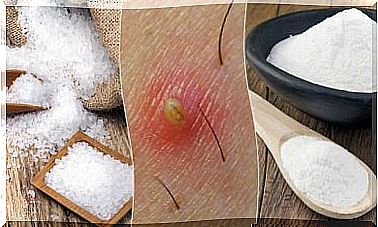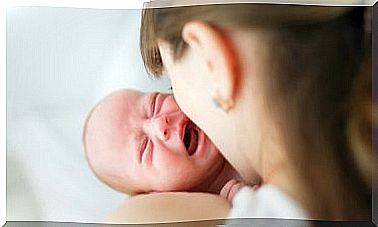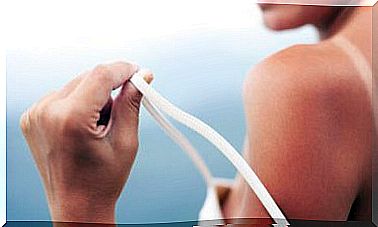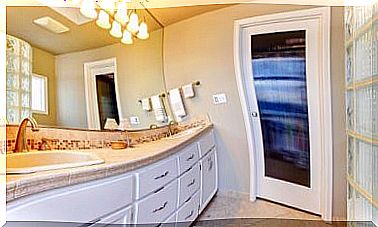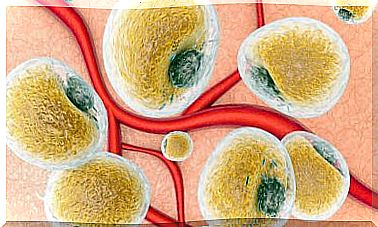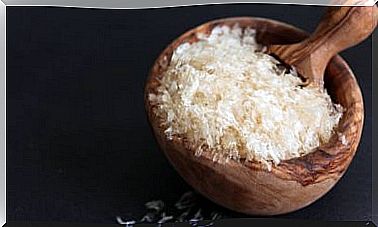What Is Degenerative Arthropathy?
Degenerative arthropathy encompasses a group of disorders that affect the hyaline cartilage and the subchondral bone. There is hypertrophic growth of all tissues present or surrounding the damaged joints.
It causes pain, inflammation and prevents daily movements from being carried out normally. Cartilage is the tissue responsible for covering the ends of these bones and is essential for the proper functioning of the joint.
Osteoarthritis causes the deterioration of the articular cartilage, which causes the bones to wear out and pain appears. As the cartilage disappears, the bone reacts and grows on the sides, causing the joint to deform.
Causes of degenerative arthropathy
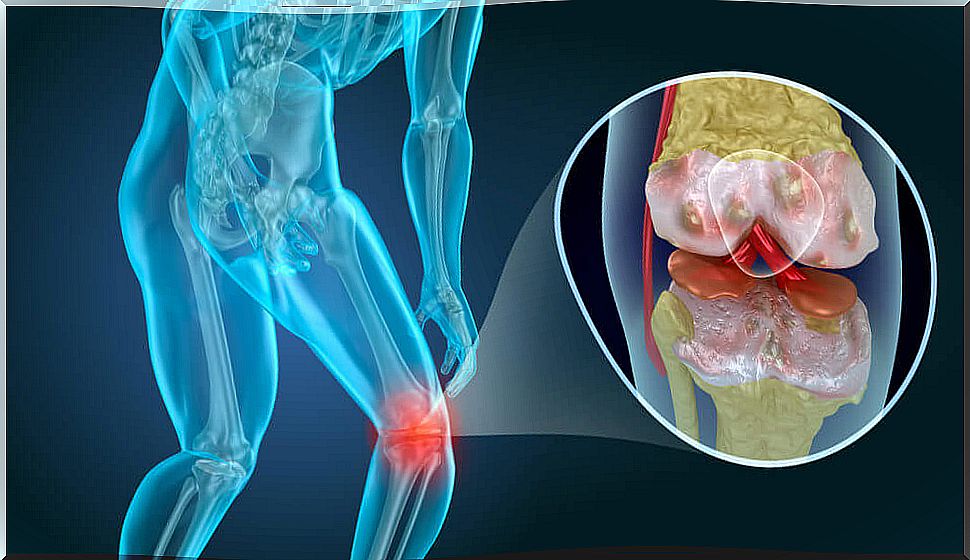
Osteoarthritis is the most common joint disease in Spain. It is estimated that more than 7 million Spaniards over the age of 20 have osteoarthritis of the knee, hand or spine. In addition, this disease is more common in women than in men.
The increase in life expectancy and the aging of the population will make degenerative arthropathy become the fourth cause of disability in 2020. The causes that produce osteoarthritis are not exactly known, but there are some associated risk factors upon its appearance:
- Age : increases exponentially after 50 years.
- Sex: mainly affects women over 50-55 years of age.
- Genetics : it can also be a hereditary disease. Specifically, genetic inheritance in the development of osteoarthritis can be up to 65 percent.
- Work activity: the repetition of joint movements can lead, in the long term, to joint overload.
- High physical activity : elite athletes have a higher risk of developing the disease.
- Menopause: the decrease in estrogen levels that occurs with the arrival of menopause is one of the risk factors for its development.
- Obesity : it does not seem to participate in the development of osteoarthritis, but it can aggravate it in certain joints such as the knees.
- Trauma : fractures and injuries can be a trigger.
Symptoms
Degenerative arthropathy begins gradually. It affects one or more joints and subsequently evolves into brief morning stiffness that improves with movement.
As the disease progresses, the mobility of the affected joint decreases. For this reason, flexion contractures, painful sensitivity to pressure, and a cracking sensation in the joint appear.
Sometimes mechanical blockages can occur as a result of the presence of osteophytes or loose bodies within the joint. Joint pain and swelling can also appear after long periods of physical inactivity throughout the day. The growth of the bone ends that make up the joint can cause the joint to deform.
The symptoms of osteoarthritis are very varied and progressive. However, the most common are joint pain, limitation of movement, creaking and, on some occasions, joint effusion.
The symptom that most worries people with degenerative arthropathy is pain. This pain usually stops with rest. Later, the worsening of the degenerative arthropathy will cause pain to appear with both movement and rest.
Treatment of degenerative arthropathy

The main goal of treating degenerative arthropathy is to relieve pain and functional disability, without causing side effects. To achieve this, the first step that specialists must take is to teach patients to avoid anything that contributes to joint injury. It is also advised that each person have a personalized and adapted exercise table.
In the most acute phase, the pain increases due to the inflammation of the affected area. When this occurs, it may be necessary to prescribe anti-inflammatories or pain relievers to reduce the swelling in the area and thus relieve pain.
Chondroprotective medications
They are the only specific drugs to treat degenerative arthropathy. This is because they act directly on the affected joint.
Not only do they relieve pain and improve mobility, but they also have the ability to attack the root disease. Among them we find drugs such as chondroitin sulfate, glucosamine sulfate, and hyaluronic acid.
Other Tips for the Degenerative Atropathy Patient
Pain relief can be achieved, as we have discussed, through medications. However, weight loss, if necessary, and low-impact exercise are recommended. It can contribute to the strengthening of the muscles and the stretching of the joints.
